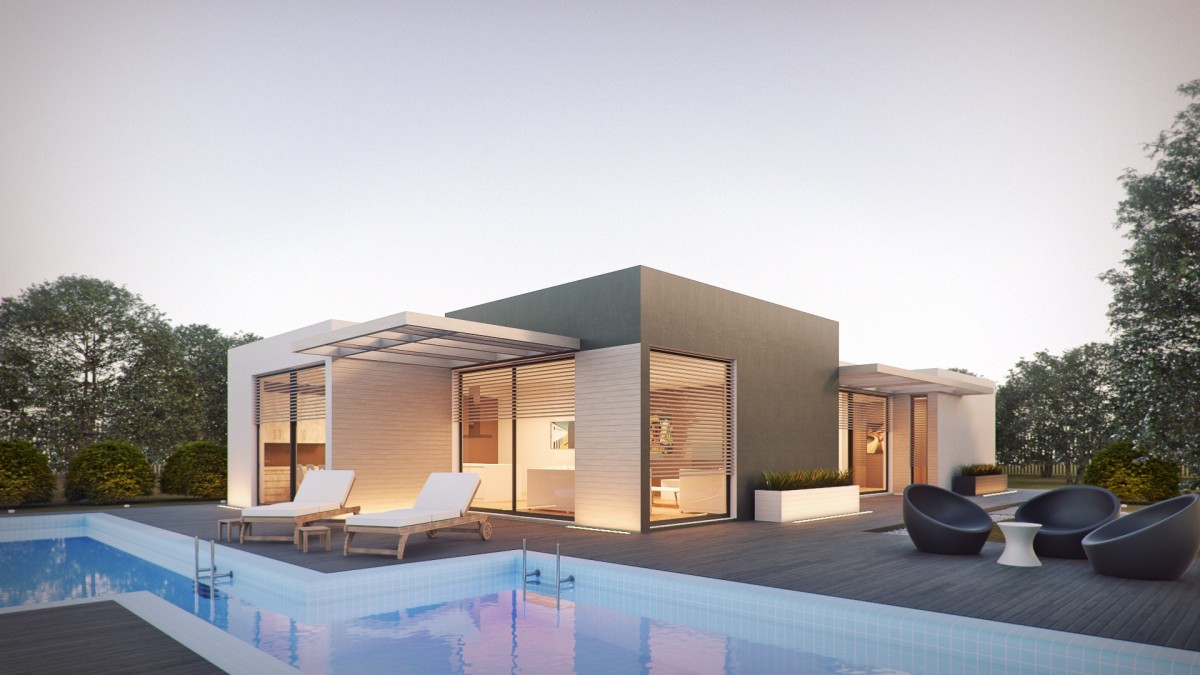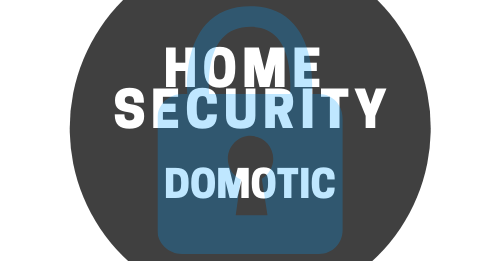What Is the Purpose of a Connected Light?

Like all home equipment, lighting is also becoming more and more connected. Home automation has long been considered complex to install, but this is no longer the case, especially when it comes to lighting, thanks to connected lights!
What is the purpose of a connected light?
Connected lighting has multiple benefits that can be used in infinite ways.
Comfort
You can control the lighting without getting up from your sofa from your smartphone or tablet, trigger it on detection of passage, or daily to turn off all the lights when leaving your home.
Security
Launching a presence simulation scenario is possible: the light turns on at a pre-programmed time, randomly or remotely, from your smartphone to make your home look occupied.
Well-being
Benefit from the energy of light (light therapy) and colours (chromotherapy), distinguish who is calling you according to the type of colour triggered, or wake up calmly with a progressive change of light ambiance.
Fun
Change the light ambiance according to the music you are listening to.
Types of connected lights
There are many connected lighting solutions already on the market. Choose the one that best suits your needs and desires:
– connected lamp (reading light, wall lamp, floor lamp…) ;
– connected light bulb (to replace a traditional bulb);
– connected recessed spotlight (to replace a spotlight integrated with the ceiling or a piece of furniture);
– connected candle (decoration) ;
– connected LED strip light (indirect light in a cornice, a shelf…).
Connected lights options

To make your choice in the best conditions, it is important to know the range of possibilities offered by connected lighting:
- Fixed lighting (1 colour, 1 intensity)
- Variable lighting (1 colour, several levels of intensity)
- Multichromic lighting (several colours: up to 16 million!)
In addition to lighting, it is even possible to take advantage of additional functions integrated by manufacturers: sound diffusion with a speaker directly integrated into the bulb, even a Wi-Fi repeater, camera, or smoke detector embedded in the luminaire …
Don’t confuse atmosphere and lighting: some bulbs are not powerful enough to light a room. So check the quantity of light emitted expressed in Lumen: 400 lm for ambient lighting, 800 lm minimum for comfort lighting. As for the usual bulbs, be careful about the type of base (E14, E27 screw-in, GU10, B22 bayonet…).
Tip: compare the number of operating hours advertised (between 10,000 and 50,000 hours).
Installation of a connected lamp
A connected light is within everyone’s reach since it is installed exactly like a conventional light. However, to take advantage of all the options of your connected lighting, you need to program and install its control mode.
Controls
The simplified direct control is done with a remote or a button provided with the lamp (already paired or a simple pairing in Wi-Fi or Bluetooth in general).
With the automatic passage detector of the same brand (same pairing procedure as the buttons) no need for a button!
The management of lighting on a smartphone or tablet can be done via a dedicated application to download on Apple or Android … Beware, it is not necessarily very practical to have an application for each of your connected objects.
The smartphone or tablet can include notifications and basic control via the “home” function (for example, from iOS 10 onwards at Apple with certain brands of lamps only).
The unified control of all your connected objects is made possible by an application linked to a home automation box. To configure it, follow the pairing procedure recommended in the box’s manual.)
Plugging and connecting
Some brands provide a bridge, i.e. an additional box to plug into the box to connect the bulbs to your smartphone or tablet.
You can connect your traditional light fixture as a floor lamp by plugging it into a controllable trundle socket (connected socket to plug into a wall socket) sold in DIY stores or on the Internet or by installing a remote control or interposing a connected controller for the traditional LED strip.
Important: make sure the brand of connected light is compatible with your smartphone. All models are at least Bluetooth, Wi-Fi and Android and iOS compatible, but the major brands generally have the advantage of being easier to pair (automatic recognition via the phone’s OS). Even if theoretically it is possible to mix different brands, simplify the installation and use by choosing a single manufacturer.
Price of connected lighting
Here is an idea of the prices of connected lighting:
– Connected lamp: $50 to $150.
– Connected candle: $15 to $50.
– Connected light bulb: $10 to $180.
– Connected light bulb with built-in speaker: $30 to $200.
– Built-in spotlight: from $40 to $80.
– Connected LED strip (5 m): $25 to $80.
– Connected power outlet: from $10 to $70.
It is possible to buy packs of several connected bulbs already paired with a button, remote control, or sensor of the same brand. This is more economical and makes it very easy to create real lighting ambiences: pack with a connected bulb and a remote control about $50, pack with 3 bulbs and a control device about $200
For more ambitious projects, during the construction or renovation of a home, or to vary the level of lighting according to the brightness outside, for example, it is preferable to call on a specialist (home automation electrician or integrator) to advise you on wireless or wired solutions on control bus. A complete connected lighting installation can cost between $1,500 and $5,000, depending on the size and sophistication of the project.
